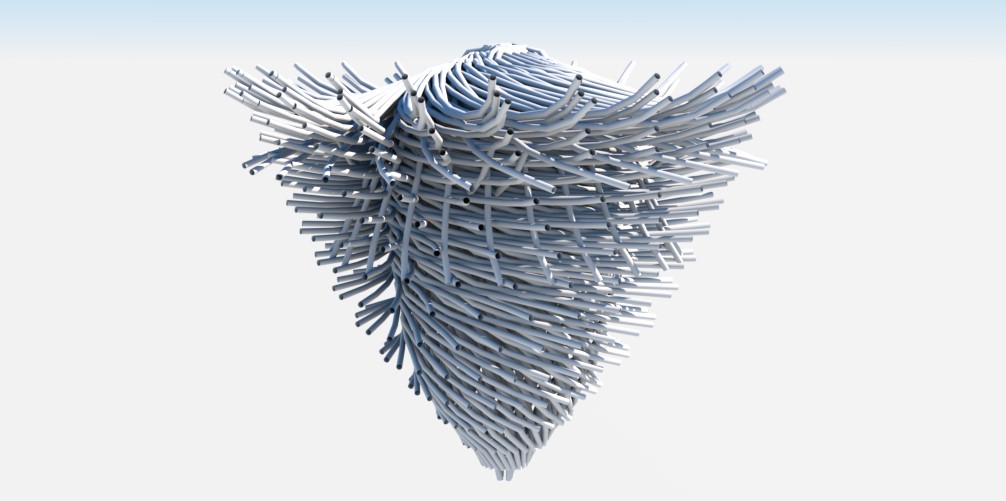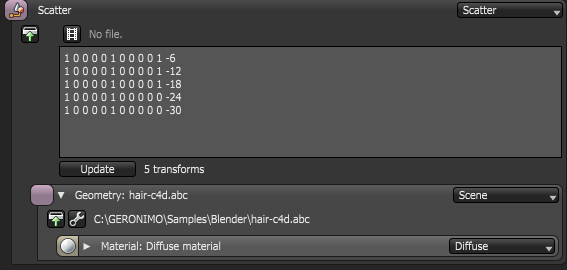
OctaneRender® can import and render hair or fur geometry. OctaneRender retrieves hair and fur data from an AlembicAn open format used to bake animated scenes for easy transfer between digital content creation tools. file, which may include a strand thickness value or a gradient attribute. If the file doesn't have a thickness value or gradient attribute, OctaneRender respectively creates the hair gradient attribute and bases the strand thickness according to the default value set in the Import Preferences dialog.

Figure 1: Setting Default Hair Thickness and Default Hair Gradient Interpolation values
The Alembic file may come from different 3D modeling applications, and it may contain geometry derived from the application’s native hair primitive in the form of hair guides. The hair guides are then exported for use in OctaneRender in conjunction with its proxy system for replicating and scattering the hair guides to create custom hair and fur effects. You can also generate hair or fur with third-party geometry scatter plugins, such as Ornatrix. When you import the Alembic file into OctaneRender, the geometry that appears are the hair guides.

Figure 2: Hair guides
You can instance the hair guides by using OctaneRender’s instancing and scattering features without using too much GPUThe GPU is responsible for displaying graphical elements on a computer display. The GPU plays a key role in the Octane rendering process as the CUDA cores are utilized during the rendering process. memory. For more information, see the InstancingInstancing an object means taking a single imported mesh object, such as an OBJ or an FBX and making multiple copies, each of which can be placed in different parts of the scene. This saves an enormous amount of computational resources because only a single object is loaded into the scene. topic in this manual. You can also use a CSV file as input for the transforms in a Scatter node (Figure 3). For more information, see the ScatteringDefines how fast light gets scattered when traveling through the medium. topic in this manual.

Figure 3: Scatter node settings
The material is then further improved by using a W Coordinate texture in conjunction with a Gradient Map node, allowing you to place a gradient for each strand (Figure 4).

Figure 4: Applying the W Coordinate to a hair system.
Additionally, a new Hair MaterialThe representation of the surface or volume properties of an object. node has been added for even more control over hair and fur rendering. For more information on the Hair Material node, please refer to the Hair Material article under the MaterialsA set of attributes or parameters that describe surface characteristics. topic in this manual